Have you ever noticed what exactly guinea bird looks like? They have that nosy and officious look because their body has gray fur over all, which makes it look like a baggy grayish suit. Most of the time I have seen guinea haste through the backyard. Moreover, as soon as it’s dawn, they start to scour the garden for ticks, locust, beetles, and other similar insects. They are the perfect watchdog for the orchard because many times they even catch the roaches, ants, termites, snails, cutworms and flies. I must say, they’re patrolling is absolutely perfect, even better than the insecticides. This creature is absolutely ruthless when on pursuit.
Most of the people seem to rear this bird because of the ultimate benefits it has for the humans – firstly, the major reason for raising guinea fowl is its taste and alluring flesh; also, the meat is highly tender and provides an absolutely perfect taste like other birds. Doctors say that the guinea fowl meat is low in cholesterol but rich in fatty acids; so overall, it’s good for a healthier life. In contrast to this, many adore guinea fowl farming because of its ornamental value which is really high. Usually, these birds are robust enough to bear all the harsh weather conditions and that is why one does not need to spend much on their medical.
Guinea Fowl is a noisy bird, that is why people don’t prefer them rearing in their residential areas because neighbors complain about the unwanted noise.
Now, have a look at the pivotal aspects related to the guinea fowl bird – in case you want to have them in your backyard, this piece of knowledge would help you do that;
Rearing:
Keets are known as baby guinea fowls; newly born keets ( guinea fowl chicks) are supposed to be taken care for about one month else they would die from cold. In order to know much about temperature changes about the keets, you should check out website and blogs which deal with poultry breeds.
If you check out rearing in more detail, you would get to know about three common types of rearing systems;
Free range: In this method only drinking water is given to the keets.
Semi – free rearing: In this method a basic house is provided so that first three weeks of the life are secured. Later, they are shifted to a house which has perches inside; finally, the keets are shifted to an aviary. Also, the entire house is surrounded by 3 meter high fences so that the escaping is not easy.
Intensive rearing: This system provides darkness or low lighting conditions which helps in better performance of birds. This type of rearing can be made on the floor. In modern units rearing is also done on battery surfaces.
Guinea Fowl feeding:
You can say that the diet of the fowl is divided into phases;
- Starting: for at least the first four weeks the chicks must be given 24 percent protein
- From the 4th till 8th week, the protein percentage for feeding must be 20.
- Finisher diet should be 16 percent; it should be continued till the fowl gets 16 weeks.
- By the 16th week, the average weight of the guinea must be two kg.
Some interesting facts that I would like to share here;
During the course of life, the guinea fowl in takes around 43 kilograms of feed – out of this, 12kg is consumed during the growth age, and the rest during the laying tenure.
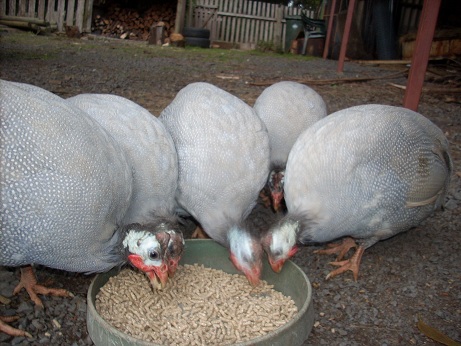
Eggs:
If properly looked after, the guinea hens (soil reared) have the tendency to lay around 100 eggs. The other type (reared on cage) can produce up to 170 eggs in a year. However, the guinea fowl has the ability to lay eggs at the age of 17th week and especially during the rainy season. The egg shell is very strong– in fact, many times judgment about the egg‘s fertility through candling even gets chaotic.
Hatching eggs:
Most of the care takers collect the hatching eggs of guinea hen four times during the day. Also, an important thing to note down here, the eggs must be stored under the temperature of 15 to 18 degree Celsius.
Period of Incubation:
The normal incubation tenure of a guinea hen is around 28 days or a little more. More of time the broody chicken hen is used for hatching guinea eggs because of its wild behavior. The normal behavior of the bird is such that, as soon as some keets are hatched, the guinea hen leaves the nest; also the keets start to leave their places after hatched. The un-hatched eggs can be put under any other hen for the warmth; else incubator can be used too. The temperature of the incubator must not be more than 37 degrees Celsius and the humidity ratio must be around 58 percent. Further, incubating guinea eggs must especially be taken care for best results.
Brooding:
The guinea keets need to be brooded for first 4 weeks of the age using any incubator, the temperature should be between 37oC to 37.5oC and need to be reduced 4oC each week. Day old keets should be provided 20/m2 space for moving as to keep them away from brooder if the temperature gets too hot. You can use wood shaving for brooding. Place a rough cover onto wire mesh if brooding is done on a wire floor to protect them from falling. A plain cover is not recommending as it may leads to legs problems.
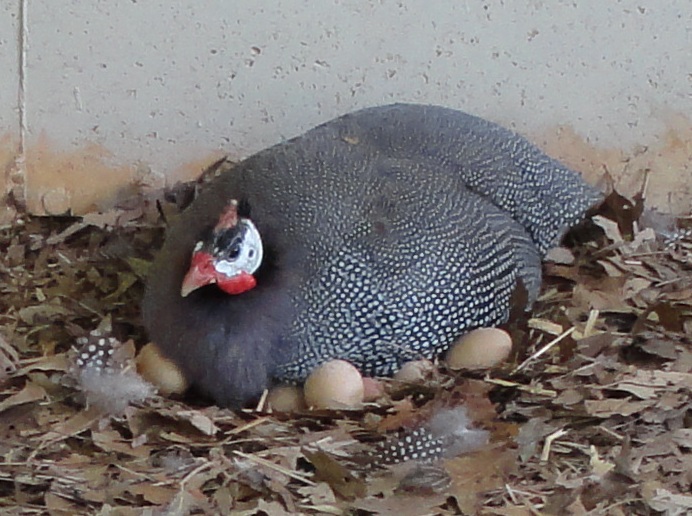
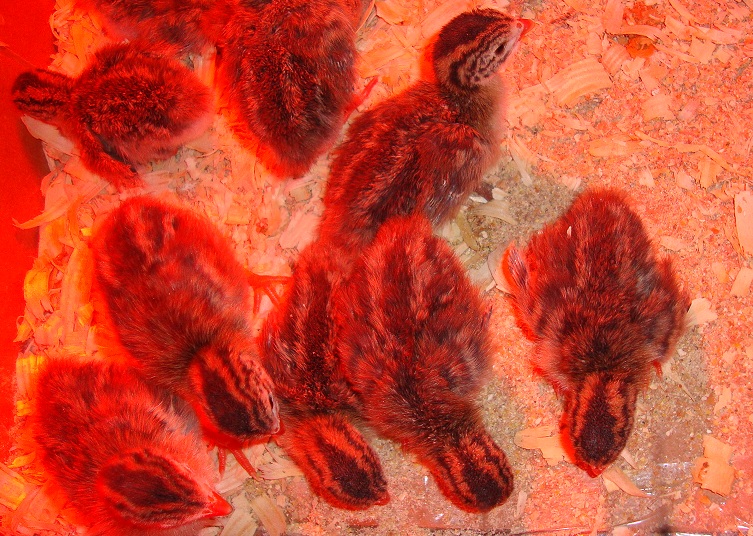
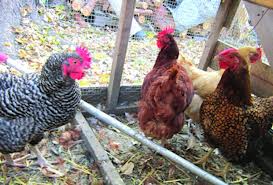
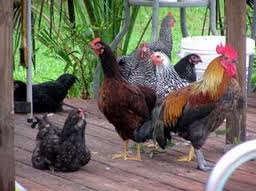
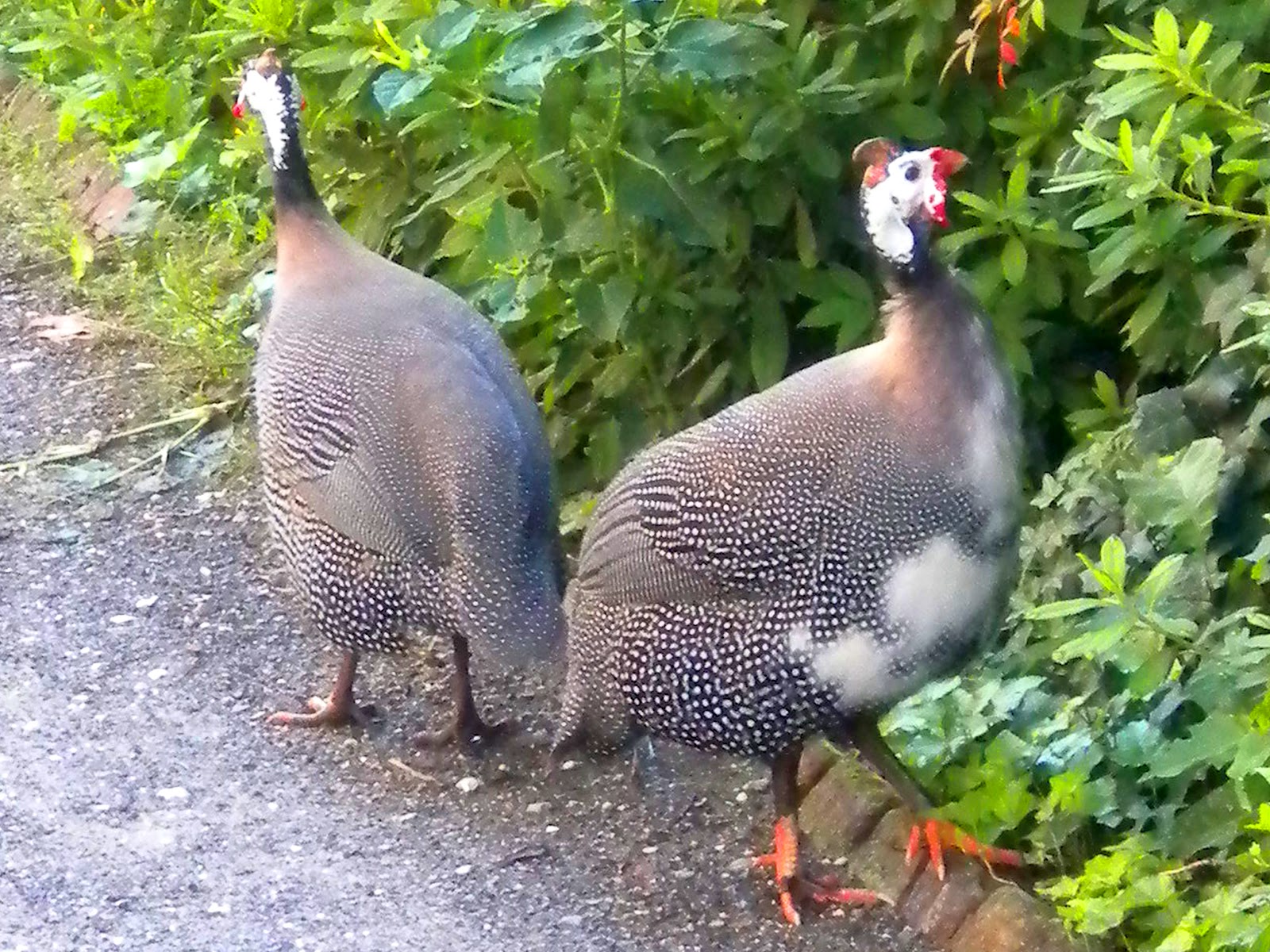
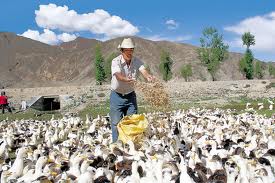
Thanks for the informations.
I would like to have some keets.
What is the nearest country from Egypt is producing this keets.
I would like to have broiler guid of this breed.
how many days head blasting in gunieas.
please tell me answer.